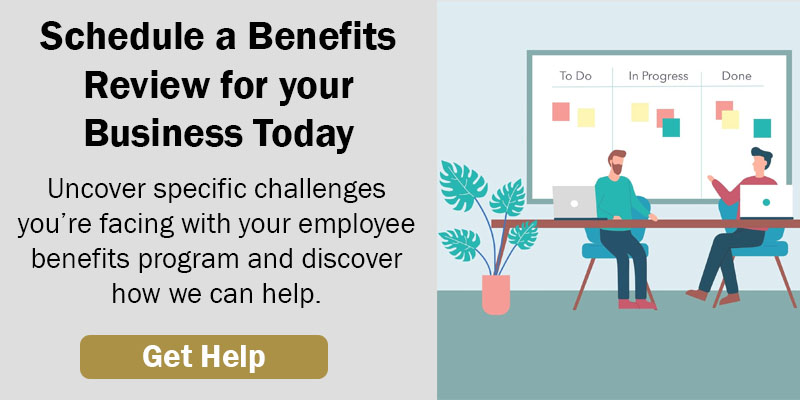As the job market becomes ripe with new opportunities, the mass exodus of workers carries on: In April, the share of U.S. workers leaving their jobs was 2.7%, the highest level since the year 2000, according to the U.S. Department of Labor.
Companies that want to maintain — and even grow — their workforces need to discover the root reasons for employee turnover, and put their best resources into solving these problems that creates an environment worth investing in.
This is no easy task, but if you start by asking these four questions, you’ll be able to create an environment where your team members feel heard, valued and more connected to the company.
Are we investing in personal development and proper training?
Great leaders aren’t born overnight — especially those that have taken up the new role amid the pandemic. It takes a lot of effort and guidance for employees to really thrive. In order to build a strategic and proactive team, you need to invest in personal development and training during every stage of a person’s career, from onboarding to manager training to C-suite development. Personal development and career training should be seen as a necessity, not just a nice-to-have option.
For every company and every employee, personal development and training will look different. Sometimes, it’s about hosting all-hands workshops to energize the team. Other times it’s about one-on-one training for employees taking on new responsibilities. These activities should serve two purposes: help employees feel more connected to the company’s culture; and give employees the tools they need to feel confident and thrive in their career.
Are we maximizing our time in meetings (and is each meeting really necessary)?
Since remote work became the norm, it seems like we’re all constantly hopping from Zoom call to Zoom call with little time to catch our breath, not to mention get any work done.
This is where, as leaders within our organization, we need to create a culture where meetings are thoughtfully planned so employees leave them with actionable steps and enough time to work through their daily tasks.
We need teams across the organization to be more mindful of each meeting, and to clearly lay out the goals ahead of time. By creating an agenda and giving people time to prepare, we’re creating an environment where meetings are productive and lead to better work, instead of a culture where employees feel overwhelmed with calendar invites that leave them drained and unfulfilled.
Are we supporting our employees’ overall well-being?
No work exists in a silo. There’s a lot going on in the world right now, and it’s affecting everyone’s personal and professional life. Sometimes, things are going to weigh on employees during their workday and affect their productivity.
Instead of ignoring the world around us, we should be working with it and giving employees grace in the daily transitions of work. To take it a step further, we need to invest in resources to help our employees adjust, like meditation apps, mental health days and therapy.
At my company we invested in access to psychologists for our employees at the beginning of the pandemic. We really wanted to encourage our team to reach out and seek help when they needed it, so we made it as simple as possible for them to find someone to talk to. Bringing this resource directly to our team has been extremely beneficial for everyone’s mental health, and has also helped them feel valued at work.
Is our culture a place where people can make a real impact?
At the end of the day, people want to close their laptop knowing they made a positive impact with their work. We all want to do good work and work with a purpose. It helps people feel more invested in a company if they’re a part of the overall mission.
Instead of taking a top-down approach to the company’s mission and relaying it to the team, give each of your employees ownership and a stake in the future of the company, such as leading a team call for the first time, or supporting the creation of DEI initiatives. This will not only help them feel invested, but will also make the organization stronger, as a whole.
As you’re navigating employee retention, it’s important to remember that it’s a two way street. Companies need to put in the work to create environments where employees can grow, learn, and thrive. In turn, employees need to take the action on themselves to utilize company resources and take pride in their work, ultimately leading to a positive, supportive work community.
There’s no easy answer to employee retention, but if you start by taking a hard look at how your organization invests in its people, you can begin to make the necessary changes to create teams that are dedicated, hardworking, and committed to the company’s future.
( Article from BenefitNews.com By Ohsrat Binyamin)

Rob is an employee benefits expert with over 25 years of experience. He is the founder and principal of Precision Benefits Group, a leading provider of corporate benefits plans. He is a member of the Philadelphia Business Journal Leadership Trust and regularly contributes to the publication.

